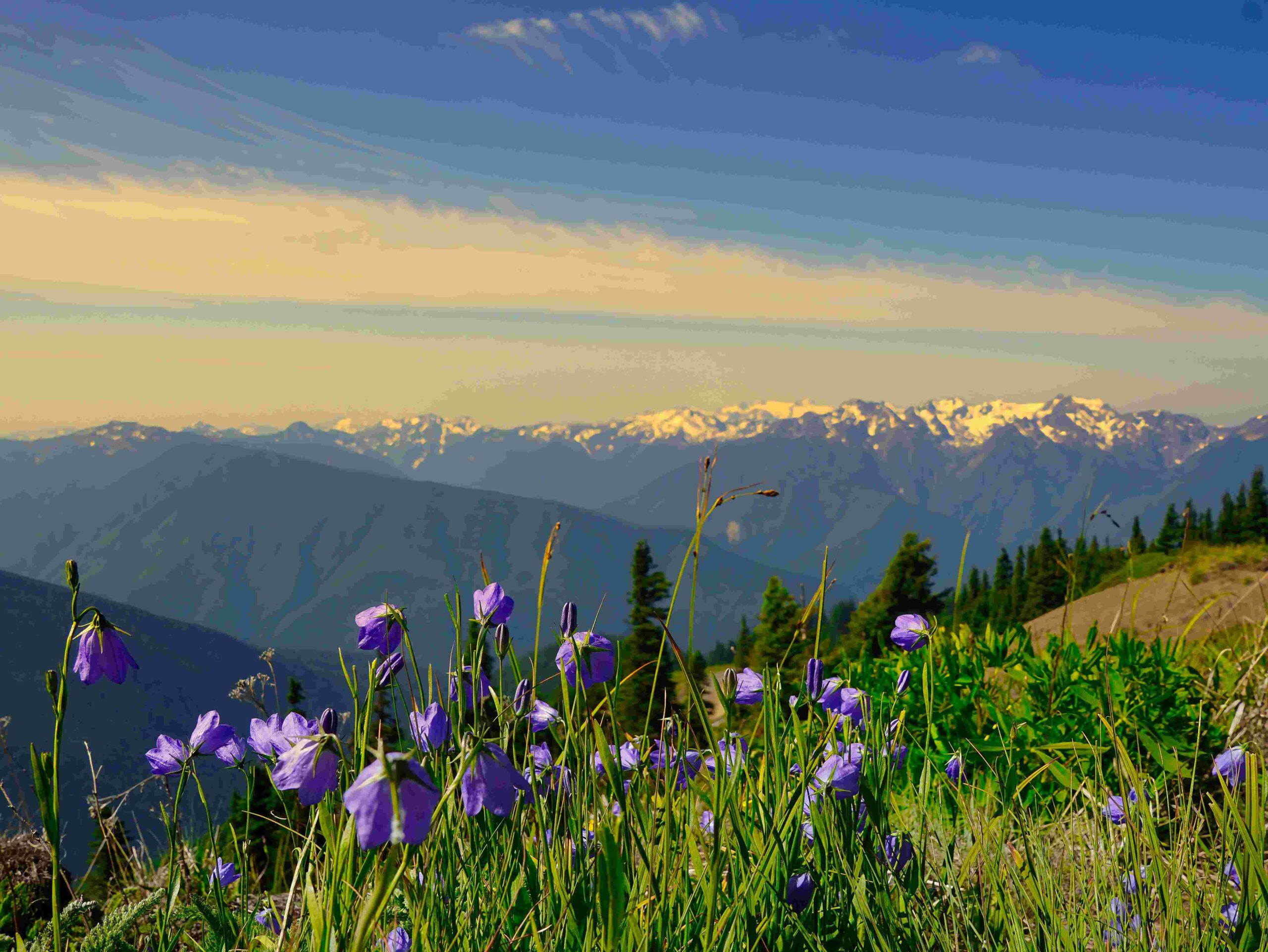Choosing the right lens for Olympic National Park is crucial for capturing its diverse landscapes and wildlife. From wide-angle lenses for sweeping vistas to telephoto lenses for distant wildlife, each lens type serves a specific purpose in this varied environment. This guide will help you select the best lenses for your Olympic National Park photography adventure, considering factors such as focal length, aperture, and compatibility with different camera systems.
What Are the Best Wide-Angle Lenses for Olympic National Park?

Wide-angle lenses are essential for capturing the expansive landscapes of Olympic National Park. They allow you to fit more of the scene into your frame, making them ideal for:
- Panoramic mountain views at Hurricane Ridge
- Coastal landscapes at Ruby Beach and Kalaloch Beach
- Lush, wide-angle scenes in the Hoh Rainforest
Here are some top wide-angle lens options:
- Canon 16-35mm f/2.8
- Compatible with Canon EOS cameras
-
Excellent for capturing entire scenes with grandeur
-
Sigma 18-35mm f/1.8
- Suitable for various camera formats, including Sony
-
Offers a wide aperture for low-light situations
-
Tamron 17-28mm F/2.8 DI III RXD (Model A046)
- Ideal for full-frame mirrorless cameras
-
Perfect for expansive landscape vistas and dramatic skies
-
Tamron 11-20mm F/2.8 DI III-A RXD (Model B060)
- Suitable for crop sensor mirrorless cameras
- Provides a sense of scale and grandeur in landscapes
Which Standard Zoom Lenses Work Best in Olympic National Park?

Standard zoom lenses offer versatility for various compositions in Olympic National Park. They’re great for:
- Lake and mountain scenery at Lake Crescent
- Capturing waterfalls and surrounding areas at Sol Duc Falls
- General forest and wildlife photography in Quinault Rainforest
Consider these standard zoom options:
- Canon EF 24-70mm f/2.8
- Compatible with Canon EOS cameras
-
Replicates real-life visuals without distortion
-
Sigma 24-70mm f/2.8
- Compatible with Sony cameras
-
Offers similar versatility at a lower price point
-
Tamron 28-75mm F/2.8 DI III VXD G2 (Model A063)
- For full-frame mirrorless cameras
-
Versatile range from wide angle to normal focal lengths
-
Tamron 17-70mm F/2.8 DI III-A VC RXD (Model B070)
- For crop sensor mirrorless cameras
- Provides a versatile range for various shooting scenarios
What Telephoto Lenses Should I Use for Wildlife Photography in Olympic National Park?
Telephoto lenses are crucial for capturing distant subjects like wildlife and compressed landscapes in Olympic National Park. They’re particularly useful for:
- Wildlife photography along the Elwha River (elk, eagles)
- Distant coastal scenery on the Ozette Loop Trail
- Mountain and wildlife photography at Hurricane Ridge
Here are some recommended telephoto lenses:
- Canon EF 70-200mm f/2.8
- Compatible with Canon EOS cameras
-
Excellent for capturing far-away subjects
-
Tamron 150-500mm F/5-6.3 DI III VC VXD (Model A057)
- Compatible with both full-frame and crop-sensor mirrorless cameras
- Essential for wildlife and distant subject photography
How Can Macro Lenses Enhance My Olympic National Park Photography?
Macro lenses are perfect for detailed wildlife and flora photography in Olympic National Park. They’re ideal for:
- Capturing detailed images of flora in the Hoh Rainforest
- Macro shots of aquatic life and plants at Lake Quinault
- Close-up photography of coastal flora and fauna at Kalaloch Beach
Consider these macro lens options:
- Canon MP-E 65mm f/2.8 1-5x Macro
- Highly regarded for macro photography
-
Suitable for capturing detailed images of flora and small wildlife
-
180mm f/3.5 macro
- Useful for real macro work
- May be time-consuming and heavy to carry
What Are the Best Times and Locations for Photography in Olympic National Park?
To make the most of your lenses in Olympic National Park, consider these tips:
Best Times:
- Golden hour (dawn and dusk) for landscape photography
- Early morning and late afternoon for wildlife photography
- Summer months for clearer skies
- Spring and fall for misty, atmospheric conditions
Accessibility:
- Easily accessible areas:
- Hoh Rainforest
- Sol Duc Falls
- Areas requiring longer hikes or drives:
- Ozette Loop Trail
- Hurricane Ridge
Location-Specific Recommendations:
| Location | Best Lens Type | Best Time |
|---|---|---|
| Hurricane Ridge | Wide-angle, Telephoto | Sunrise/Sunset |
| Ruby Beach | Wide-angle | Golden Hour |
| Hoh Rainforest | Wide-angle, Macro | Midday for even light |
| Lake Crescent | Standard Zoom | Early Morning |
| Sol Duc Falls | Standard Zoom | Overcast Day |
| Elwha River | Telephoto | Early Morning/Late Afternoon |
| Ozette Loop Trail | Telephoto | Midday for clear views |
| Kalaloch Beach | Wide-angle, Macro | Sunset |
By choosing the right lens for each location and shooting at optimal times, you’ll be able to capture the diverse beauty of Olympic National Park in stunning detail.

